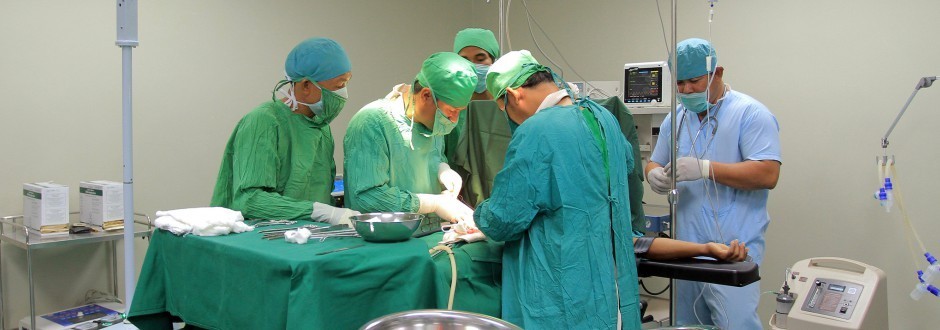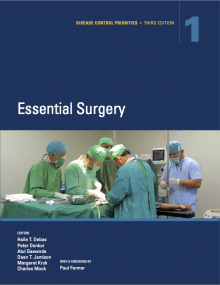

-
Full provision of essential surgical procedures would avert about 1.5 million deaths a year or about 6-7% of all avertable deaths in low- and middle-income countries.
-
Essential surgical procedures rank among the most cost-effective of all health interventions. Twenty eight of the 44 essential procedures would typically be delivered by the surgical platform of the first-level (or district) hospital, making investment in this platform also highly cost-effective.
-
Effective and affordable measures (such as task sharing) have been shown to increase access to surgical care while much needed investments are being made to expand capacity. As emergency procedures constitute 23 of the 28 provided on the district hospital surgical platform (and 6 of the 10 provided at the community health centre level), such facilities must be widely geographically diffused.
-
There are substantial disparities between countries at different economic levels in the safety of surgical care (e.g. in perioperative mortality rates and anesthesia-related deaths). The mortality rate from cesarean sections, for example, varies across countries by a factor of 80 to 1 or more. Feasible and affordable measures (such as the Surgical Safety Checklist) have been shown to improve safety and quality.
-
Universal coverage of essential surgery (UCES) should be publicly financed early on the path to universal health coverage, given that it is affordable and highly cost effective, there is major public demand for surgical services, and these services can reduce the burden of disease. We estimate that implementation of UCES would require about $3 billion per year of annual spending over current levels and would have a benefit to cost ratio of over 10 to 1.

